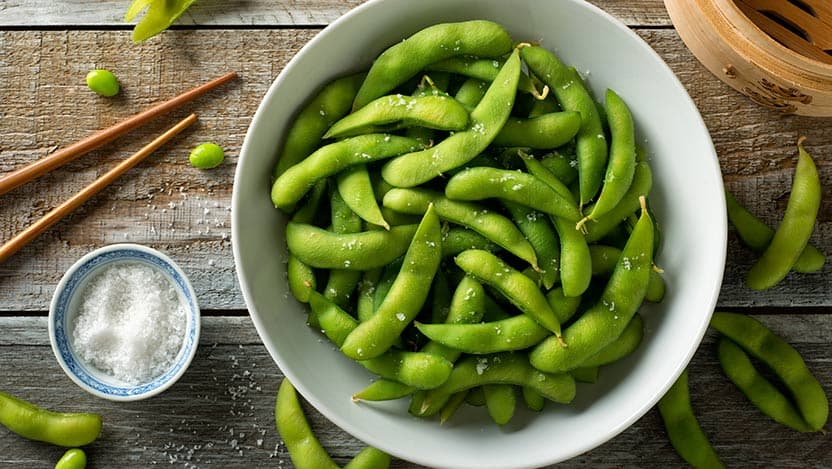Children with celiac disease and eosinophilic esophagitis may not need to cut soy from their diets

Children who have both celiac disease and an associated allergic inflammatory disorder may not need to permanently remove soy from their diets to reduce scarring in the esophagus, according to new research from the University of Chicago Medicine.
The study, published in the Journal of Pediatric Gastroenterology and Nutrition, examined outcomes of common therapeutic dietary interventions on the microscopic anatomy of children with celiac and eosinophilic esophagitis (EoE).
The research was led by Tiffany Patton, MD, a pediatric gastroenterologist at UChicago Medicine Comer Children’s Hospital.
Celiac disease is an immune reaction to eating gluten, a protein found in wheat, barley and rye. About 1 in every 100 children is diagnosed with the condition; and as a result of the intolerance will experience stomach pains, diarrhea, moodiness and even growth problems. There is no known cure and the only treatment is a gluten-free diet.
Eosinophilic esophagitis is an allergic inflammatory disorder that occurs when the white blood cells that are released during an allergic reaction cause inflammation and scarring along the esophagus. Still a rare disorder, only about 1 in 1,500 children suffer from EoE. Patients with EoE may have trouble swallowing, feel nauseous, have acid reflux, stomach pains or growth problems. Treatments include medication and/or dietary restrictions from dairy or wheat.
We have found that the 1 in every 16 celiac patients also has eosinophilic esophagitis
“Based on our research, we have found that the 1 in every 16 celiac patients also has eosinophilic esophagitis,” said Patton.
Researchers reviewed 350 patient records — the largest known pediatric study to assess the microscopic outcomes on celiac disease and eosinophilic esophagitis — from a database maintained by
